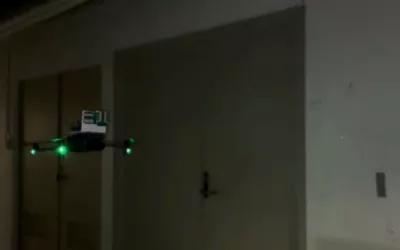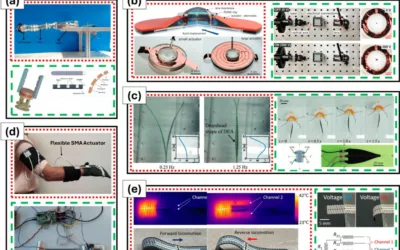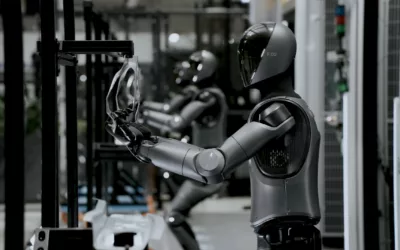Researchers at MIT have unveiled an advancement in robotics with the development of an insect-sized hopping robot that’s small in stature but massive in potential. This pint-sized robot, detailed in a recent MIT News release, is designed to hop over obstacles, navigate rough terrain, and even perform aerial acrobatics—all while using a fraction of the energy required by traditional flying microbots. As robotics continues to evolve, this tiny hopper could redefine how we approach challenging environments, from disaster zones to extraterrestrial exploration.
A Leap Forward in Robotic Design
The MIT team’s creation stands out for its ability to tackle uneven surfaces, slippery slopes, and slanted terrains with ease. This hopping robot combines agility with energy efficiency, unlike larger robots or flying drones that guzzle power. Inspired by the natural movements of insects, the robot uses a unique hopping mechanism to vault over gaps and obstacles, offering a versatile solution for real-world applications where size and stamina matter.
This innovation arrives at a pivotal moment. With the global robotics market projected to reach $74.1 billion by 2026, according to Statista, the demand for compact, efficient robots is surging. MIT’s hopping robot aligns perfectly with this trend, promising to carve out a niche in industries requiring precision and adaptability.
Why This Tiny Robot Matters
What makes this hopping robot a big deal? For starters, its energy-efficient design sets it apart from power-hungry alternatives. Flying microbots, while impressive, often burn through batteries quickly, limiting their operational time. In contrast, MIT’s hopper uses minimal energy to achieve maximum mobility, making it ideal for extended missions in hard-to-reach areas.
The robot’s capabilities extend beyond mere movement. It can traverse rugged landscapes, hop over debris, and even execute mid-air maneuvers—skills that could prove invaluable in search-and-rescue operations or environmental monitoring. Imagine a swarm of these tiny robots deployed after an earthquake, hopping through rubble to locate survivors, or exploring the rocky surface of Mars with unmatched efficiency.
Applications and Future Potential
The implications of this technology are vast. Here are just a few ways MIT’s hopping robot could hop into action:
- Disaster Relief: Its small size and ability to navigate tricky terrain make it perfect for scouting disaster zones where larger machines can’t go.
- Space Exploration: Lightweight and energy-efficient, this robot could be a game-changer for planetary missions, hopping across alien landscapes with ease.
- Environmental Research: From studying remote ecosystems to monitoring climate change effects, the robot’s versatility opens new doors for scientists.
Experts are already buzzing about its potential. Posts on X highlight the robot as “small in size, huge in potential,” with users praising its innovative approach to robotics challenges. As trending discussions on X suggest, this tiny hopper is capturing imaginations and sparking conversations about the future of robotics.
The Science Behind the Hop
So, how does it work? The MIT team engineered the robot with a lightweight frame and a specialized hopping mechanism that mimics the spring-like action of insects like grasshoppers. This allows it to store and release energy efficiently, propelling it forward or upward with minimal power. The result is a robot that can leap over obstacles many times its size while maintaining stability on uneven ground—a feat that’s as impressive as it is practical.
What’s Next for MIT’s Hopping Robot?
While the robot is still in the research phase, its debut marks a step forward in micro-robotics. The MIT team is likely to refine its design further, potentially integrating sensors or AI to enhance its autonomy and decision-making capabilities. As the technology matures, we could see these hoppers scaling up for commercial use or inspiring entirely new robotic systems.








